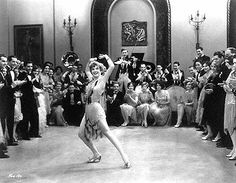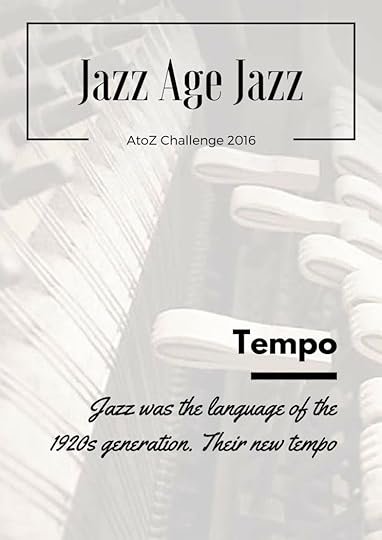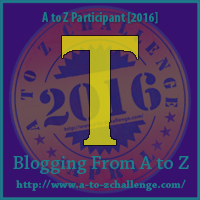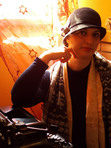Tempo (AtoZ Challenge 2016 – Jazz Age Jazz)
JAZZ AGE JAZZ - Tempo #AtoZChallenge It was #jazz a new tempo or a new time
Click To Tweet
Early jazz was strongly connected to sensuality. Its fast tempo, its syncopation, brought it a lot of trouble, because in many respects, that rhythm was associated with sensuality.
At the very beginning, jazzmen would perform in brothels, which connected jazz with sexuality from the start. The music itself was syncopated and meant to be danced with transport and freedom. In fact, jazz became so popular because of the popularity of dancing, which, by the way, happened in questionable environments – like speakeasies – where different forms of rules were routinely broken. It was quite clear that jazz was something disreputable that nice people wouldn’t want to be involved with.
Most critics of the 1920s exhorted listeners to resist the devil or wicked power jazz could exert on human behaviour through its fast, entrancing tempo. They believed that this music reduced moral restrains and encouraged sexual permissiveness and a state of mind similar to alcoholic intoxication.
 It isn’t surprising then that some 1920s reformers hoped to pass a legislation that – similar to the prohibition of alcohol – would control, limit and hopefully stop the flow of jazz.
It isn’t surprising then that some 1920s reformers hoped to pass a legislation that – similar to the prohibition of alcohol – would control, limit and hopefully stop the flow of jazz.
The dances themselves were often criticised, if not cried against. Most of the Jazz Age dances were meant to be danced in couple, most were meant to have the partners’ bodies touch and rub against each other. Most of these dances were fast and exhilarating.
Raids against dance places weren’t uncommon, as were outcries on newspapers.
What critics never thought about wondering was why people, especially youths, liked these dances. Why they sought the exhilaration of the dance itself and the shiver of the prohibited.
These youths were the same who wanted to break with the past and with their parents’ values. The same youths that had known war and wanted to forget it.
Jazz was their language. The language of their body and their minds. The tempo of this music was their tempo, which was widely different from that of any previous generation. Jazz music broke the rules and sought ever new ways to express the present and the future. Jazz tempo was the tempo of a new era and a new world.
———————————————————————————————————————————-
RESORCES
Ogren, Kathy J., The Jazz Revolution. Twenties America and the Meaning of Jazz. Oxford University Press, New York, 1989
Smashwords | Barnes&Nobles | Kobo | iBookStore
And many other stores
The post Tempo (AtoZ Challenge 2016 – Jazz Age Jazz) appeared first on The Old Shelter.






